Potrebujeme váš súhlas na využitie jednotlivých dát, aby sa vám okrem iného mohli ukazovať informácie týkajúce sa vašich záujmov. Súhlas udelíte kliknutím na tlačidlo „OK“.
ASTM D2170/D2170M-10
Standard Test Method for Kinematic Viscosity of Asphalts (Bitumens)
Automaticky preložený názov:
Štandardná skúšobná metóda pre kinematickej viskozity asfaltov (bitúmen)
NORMA vydaná dňa 1.6.2010
Informácie o norme:
Označenie normy: ASTM D2170/D2170M-10
Poznámka: NEPLATNÁ
Dátum vydania normy: 1.6.2010
Kód tovaru: NS-19508
Počet strán: 10
Približná hmotnosť: 30 g (0.07 libier)
Krajina: Americká technická norma
Kategória: Technické normy ASTM
Kategórie - podobné normy:
Anotácia textu normy ASTM D2170/D2170M-10 :
Keywords:
asphalt, capillary, kinematic, viscometer, viscosity, Asphalt paving mixtures, Road oil, Viscometers--reverse-flow, Viscosity--asphalts/bituminous materials, ICS Number Code 91.100.50 (Binders. Sealing materials), 93.080.20 (Road construction materials)
Doplňujúce informácie
| Significance and Use | ||||||||||||||||||
|
The kinematic viscosity characterizes flow behavior. The method is used to determine the consistency of bitumen as one element in establishing the uniformity of shipments or sources of supply. The specifications are usually at temperatures of 60 and 135°C. |
||||||||||||||||||
| 1. Scope | ||||||||||||||||||
|
1.1 This test method covers procedures for the determination of kinematic viscosity of liquid asphalts (bitumens), road oils and distillation residues of liquid asphalts (bitumens) all at 60°C [140°F] and of asphalt cements at 135°C [275°F] (Note 1) in the range from 6 to 100 000 mm2/s [cSt]. 1.2 Results of this test method can be used to calculate viscosity when the density of the test material at the test temperature is known or can be determined. See Annex A1 for the method of calculation. Note 1—This test method is suitable for use at other temperatures and at lower kinematic viscosities, but the precision is based on determinations on liquid asphalts and road oils at 60°C [140°F] and on asphalt cements at 135°C [275°F] only in the viscosity range from 30 to 6000 mm2/s [cSt]. 1.3 Warning—Mercury has been designated by United States Environmental Protection Agency (EPA) and many state agencies as a hazardous material that can cause central nervous system, kidney and liver damage. Mercury, or its vapor, may be hazardous to health and corrosive to materials. Caution should be taken when handling mercury and mercury containing products. See the applicable product Material Safety Data Sheet (MSDS) for details and EPA’s websitehttp://www.epa.gov/mercury/faq.htmfor additional information. Users should be aware that selling mercury, mercury containing products, or both, in your state may be prohibited by state law. 1.4 The values stated in either SI units or inch-pound units are to be regarded separately as standard. The values stated in each system may not be exact equivalents; therefore, each system shall be used independently of the other. Combining values from the two systems may result in non-conformance with the standard. 1.5 This standard does not purport to address all of the safety concerns, if any, associated with its use. It is the responsibility of the user of this standard to establish appropriate safety and health practices and determine the applicability of regulatory limitations prior to use. |
||||||||||||||||||
| 2. Referenced Documents | ||||||||||||||||||
|
Podobné normy:
Historická
1.7.2008
Historická
1.1.2014
Historická
15.6.2009
Historická
1.12.2012
Historická
1.12.2011
Historická
1.12.2011
Odporúčame:
Aktualizácia technických noriem
Chcete mať istotu, že používate len platné technické normy?
Ponúkame Vám riešenie, ktoré Vám zaistí mesačný prehľad o aktuálnosti noriem, ktoré používate.
Chcete vedieť viac informácií ? Pozrite sa na túto stránku.


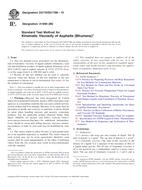
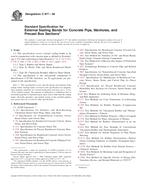 ASTM C877-08
ASTM C877-08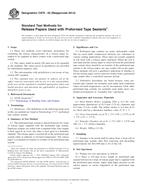 ASTM C879-03(2014)..
ASTM C879-03(2014).. ASTM C898/C898M-09..
ASTM C898/C898M-09..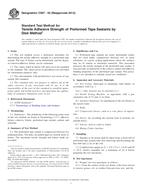 ASTM C907-03(2012)..
ASTM C907-03(2012)..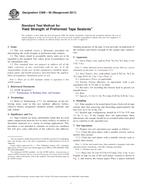 ASTM C908-00(2011)..
ASTM C908-00(2011)..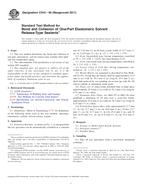 ASTM C910-06(2011)..
ASTM C910-06(2011)..
 Cookies
Cookies
